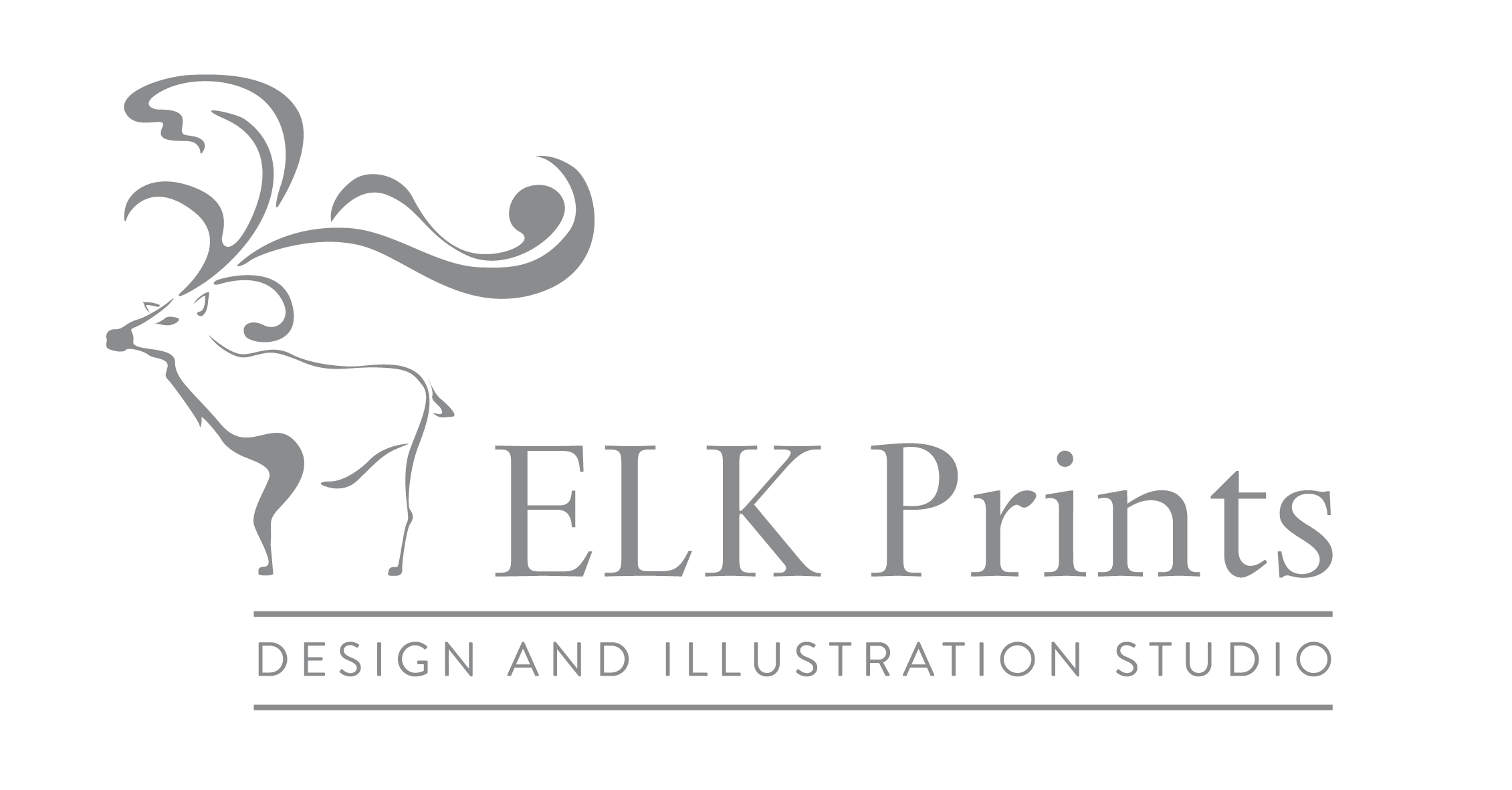2.1 Iconic Representation

“One of the most powerful ‘short cuts’ to meaning is stereotypes’ use of iconography. For example, yellow cabs are in New York; red buses in London; an intellectual wears spectacles and so on.” (Lacey 1998; p.138)
We tend to rely on easily recognisable icons to represent a city, however these do not necessarily convey our experience of a city. Icons are certainly useful in being able to recognise and identify a city however they suffer from being overused or relied upon to the point where other more subtle details and experiences within the city are neglected. Souvenirs tend to be of a standard formula design throughout the world, cheap and cheerful small scale objects such as keyrings and magnets with the city’s name and some easily recognisable icon. Many tourists to a city may only have time to experience those icons in the form of landmarks such as the Eiffel Tower or sometimes an iconic experience such as eating a baguette, and a souvenir of this may be sufficient for their needs. However a number of other tourists may be more discerning in how they experience a city and in how they wish to remember it. Inhabitants of a city should also be able to feel comfortable with the ways in which their city is represented and remembered by those who visit it, without cringing at tacky or inaccurate reflections of their cultural location. A city should be able to be represented in other ways beyond relying on its icons.
